Reptiles are nature’s pest controllers and make a great addition to any garden. Reptiles are protected wildlife and play an important role in keeping our environment healthy. Most reptiles in our gardens are small garden skinks to larger skinks such as Blue-tongue lizards.
BLUE-TONGUE LIZARDS
Eat beetles, crickets, caterpillars, snails, wildflowers, fruits and berries.
GARDEN SKINKS
Eat small grasshoppers, moths, flies and earwigs. Has no teeth, swallowing its prey whole in one gulp.
JACKY LIZARDS
Eat small insects, young plant leaves and flowers. Rests in shrubs, on tree trunks and low branches.
MARBLED GECKOS
Active at night, is easily stressed and has sensitive skin than can be damaged. Hides under the bark of trees, fallen timber or logs during the day.
Tips for designing a reptile garden:
- Plant native grasses, ground covers and low shrubs for shelter and feeding.
- Provide hiding spots between rocks and logs for protection.
- Reptiles like a protected sunny north facing spot on a rock log or brick path to absorb the sun.
- Natural leaf mulch will support insect life for the lizards to feed on.
- Provide a shallow dish for water.
Did you know?
- Reptiles can be seen Spring to Autumn.
- Reptiles do not like pesticides and insecticides.
- Reptiles protect your garden by eating pest insects.
- Some reptiles give birth to live young whilst others lay soft shelled eggs.
- Reptiles need warmth to breakdown and process their food.
- Greatest threats are uncontrolled dogs and cats.
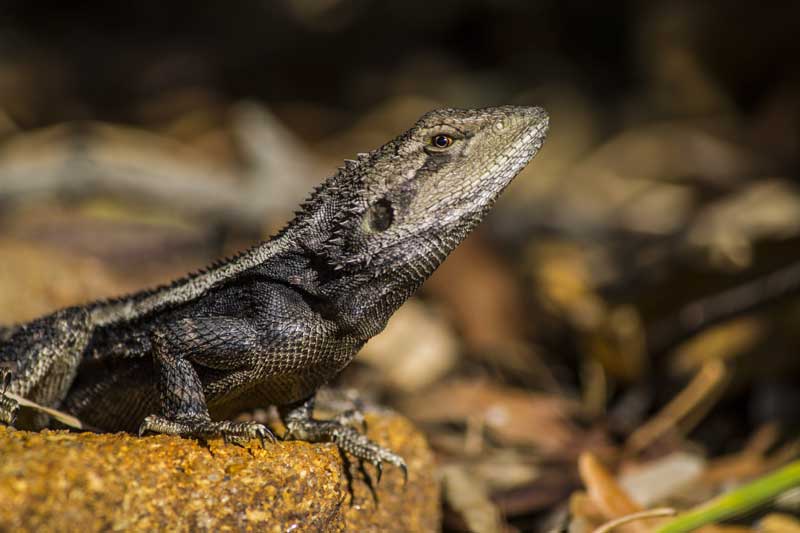
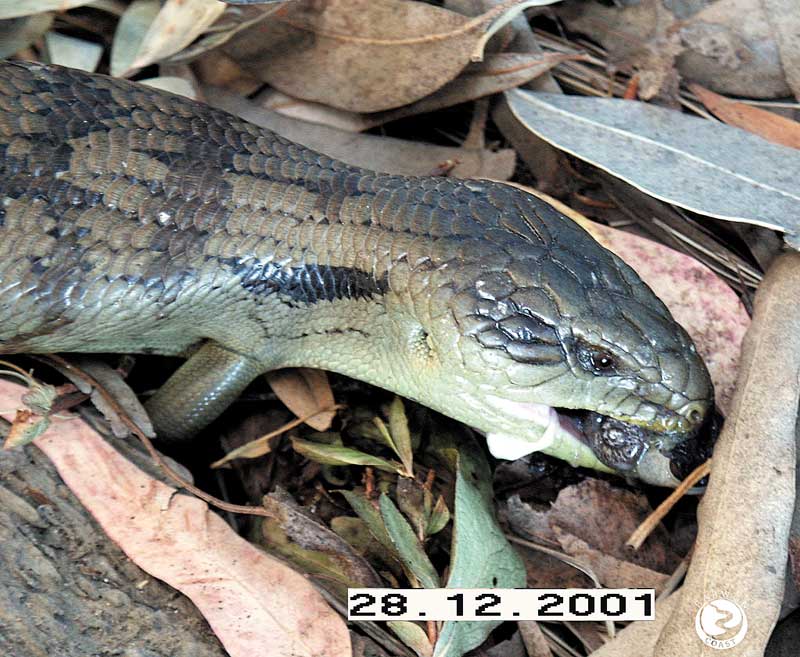
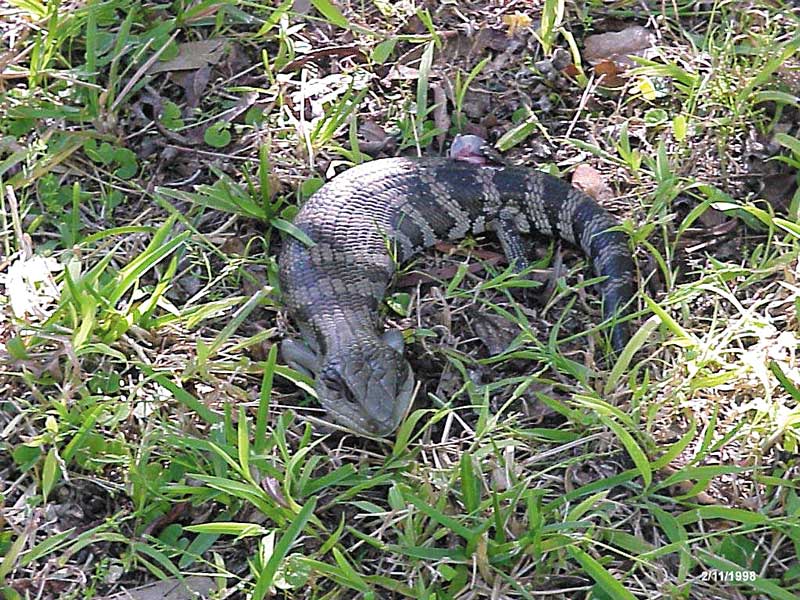
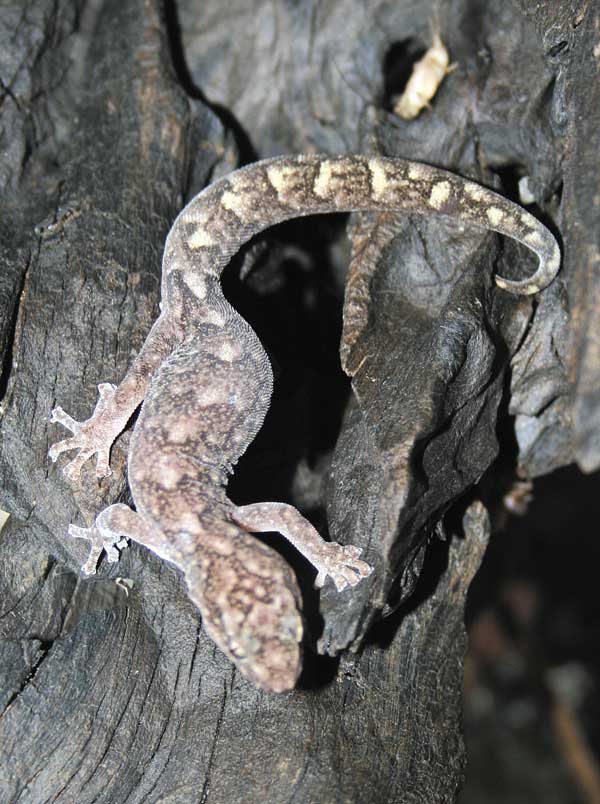
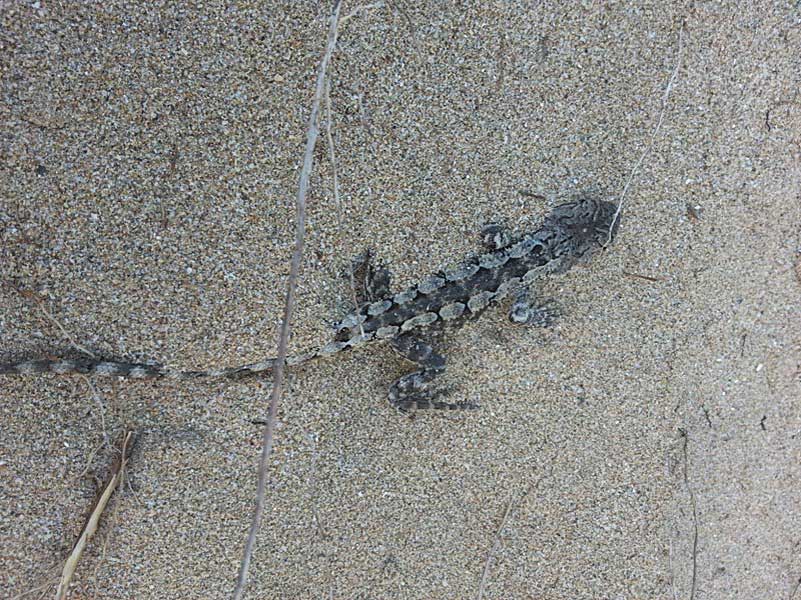
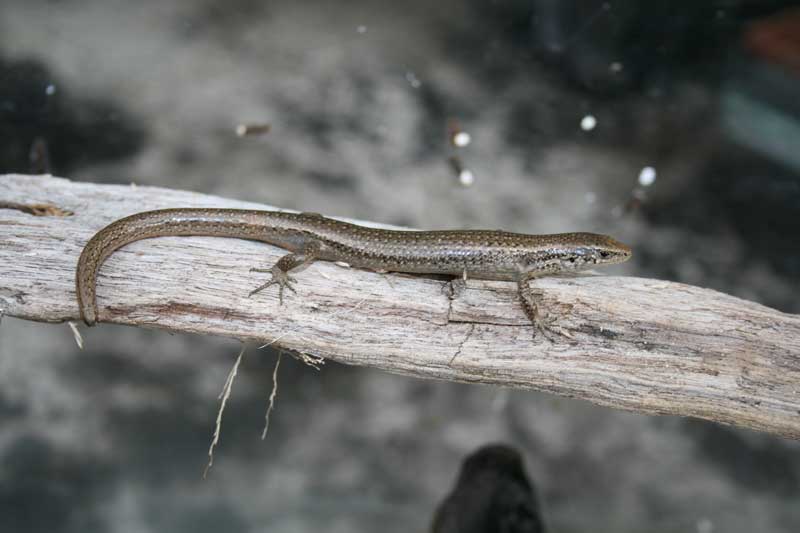
For a full list of local indigenous plants that attract reptiles download the reptile garden brochure.




